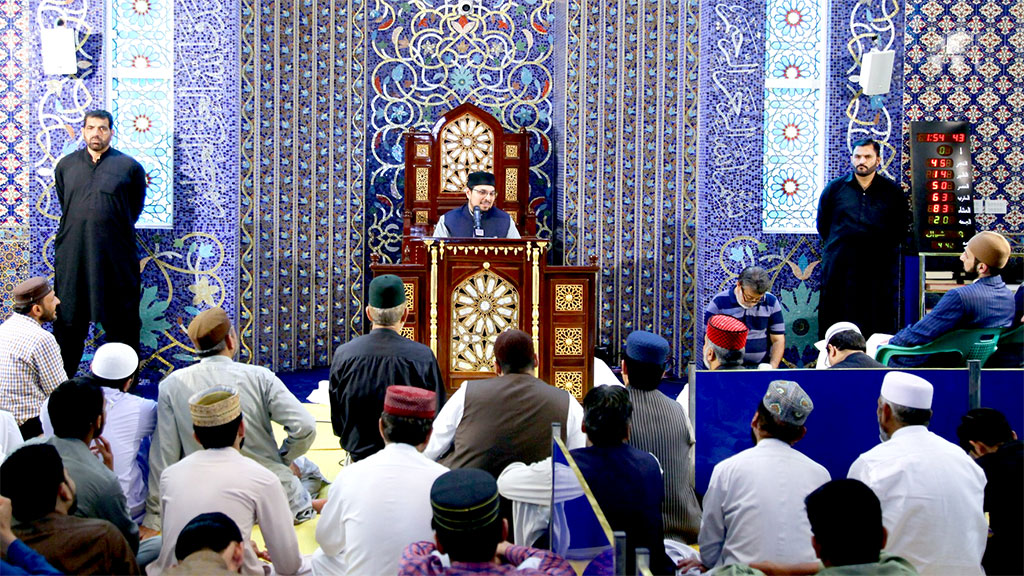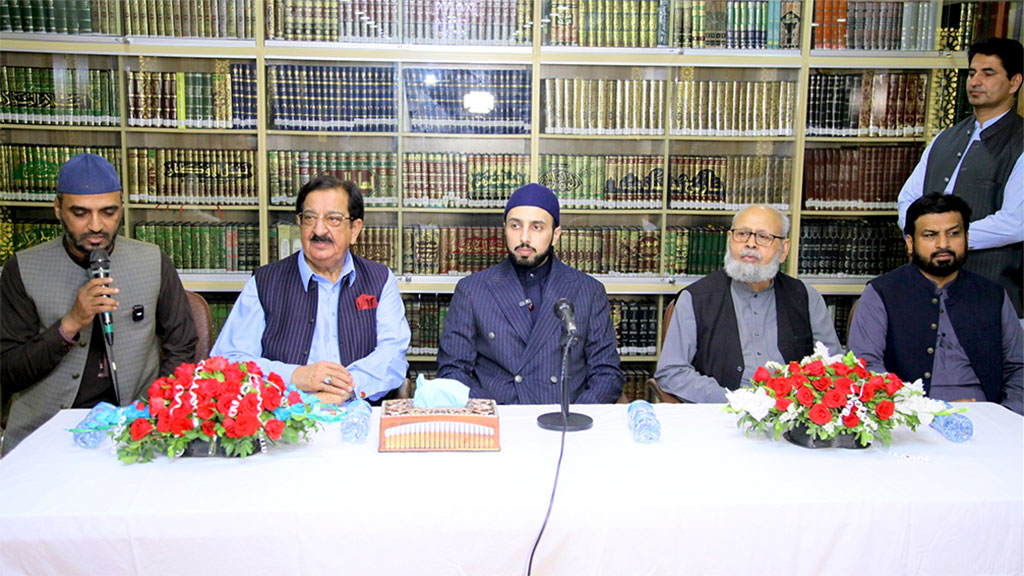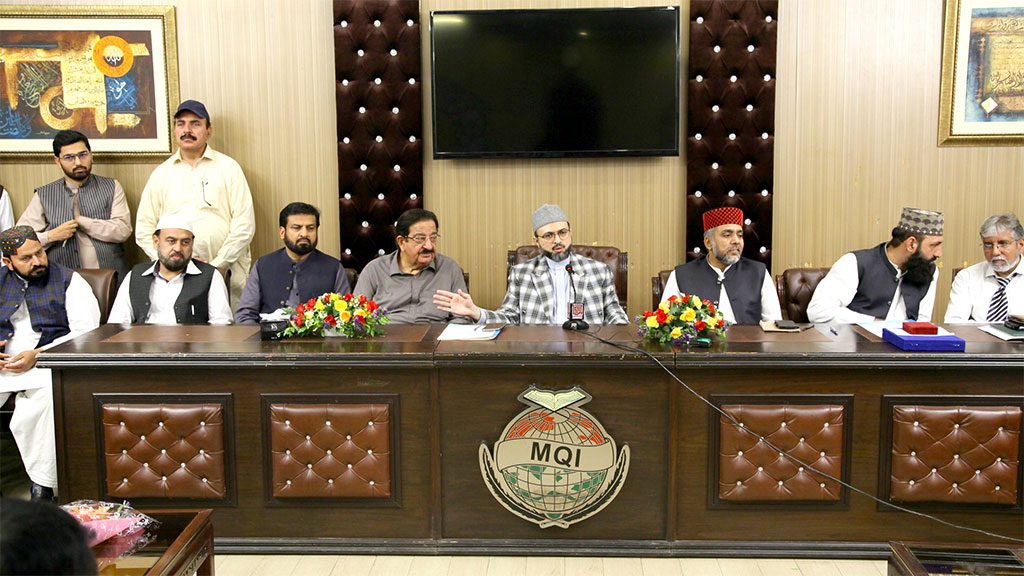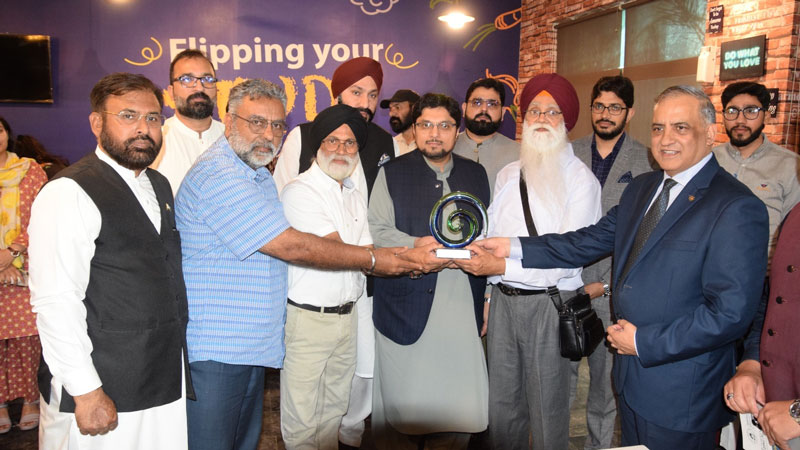ECO: Past and Present
This Article was published in "ECO Times"
Sahibzada Hussain Mohi ud Din Qadri
Member Supreme Council
Minhaj-ul-Quran International
The pattern of international relations in the domains of economy, trade and politics is under the process of evolution. The whole world is moving away from the exclusivist post-Cold War period mindset characterised by unipolarity to a new and inclusive multipolar world. The need to integrate into economic and political and economic alliances has been felt due to the consequences of uni-polar world as well as desire to accelerate the process of growth through pooling of resources and sharing of ideas and experiences aimed at mutually benefiting each other. Unfortunately, the Muslim world, though rich in resources, remains far behind the other countries and is unable to effectively respond to economic challenges. While leaving the analysis of other regional alliances for some other time, it is pertinent to critically evaluate the performance of Economic Corporation Organization (ECO).
The countries that form ECO are on the path of trade liberalisation through agreements such as Preferential Trade Agreement (PTA) and Economic Cooperation Organization Trade Agreement (ECOTA). At the ECO Summit held in March 2009, member states have vowed to make ECO region a Free Trade Area by 2015.
Regional cooperation among the developing countries has increasingly been advocated as a strategic tool for economic development. Generally, the rationale for regional cooperation is not merely economic; it is also political and socio-cultural. The economic case is based on small size of domestic markets, economies of scale in production, specialisation and utilisation of the underutilised potential in terms of human, technological and natural resources. Through regional cooperation, developing countries not only enable themselves to expand existing industries but also to establish new ones based on dynamic comparative advantage, which helps them diversify their industrial base. In Asia, Pakistan, Iran and Turkey entered into a grouping called Regional Cooperation for Development (RCD) in 1964. For 15 years (1964-79) since its inception, the intra-regional trade never exceeded the pre-RCD level of less than two percent of their aggregate GDPs. The ECO is a successor to the RCD and inherits all its problems.
The ECO is an inter-governmental regional organisation, founded in 1985 to promote economic, technical and cultural cooperation among the member states. Its basic charter is enshrined in the Treaty of Izmir originally signed in 1977. In 1992 it was expanded to include seven new members—Afghanistan, Azerbaijan, Kazakhstan, Kyrgyzstan, Tajikistan, Turkmenistan and Uzbekistan.
The people of the region are linked not only by natural geographic proximity but are also woven into centuries old historical, religious and cultural bonds. In pre-colonial times, trade flowed freely within the region. There was also free movement of labour. The onset of colonialism disrupted these links, and the Soviet advance isolated them completely. As these states have achieved their independence and sovereignty, there is no reason why traditional cultural links could not be reasserted and joint efforts made for fostering prosperity and closer understanding among the peoples of the region.
With a total population of about 380 million (6.1 percent of the world population), the combined GDP of the ECO countries amounted to $ 500 billion in 2003. This constituted only 1.4 percent of the world GDP. The region is spread over an area of about eight million square kilometres, twice the size of EU. At present the member countries produce about 6.8 percent of world crude oil supply and absorb about 3.7percent of world crude oil demand.
The region exports more than 45 percent of the oil it produces, up from 40 percent during 1990s. The region is not only rich in natural resources but also in human capital. Despite being better endowed in natural resources, the economies of the region are facing serious problems such as external debt, unemployment and poverty. Countries like Turkey, Iran and Kazakhstan with per capita GNI of $ 2790, $2000 and $ 1780 respectively are the high-income member countries. Others like Pakistan, Uzbekistan and Kyrgyz Republic with per capita GNI $ 470, 420, 330 respectively are low income countries.
The bulk of their economy is accounted for by oil and gas. A more relevant indicator for regional cooperation is the share of manufactures in exports. Here only Pakistan, Iran and Turkey figure prominently although they have a high concentration in automobile, agriculture, industrial equipment, textiles and clothing.
During the five-year period (1998-2002), the total merchandise exports of the ECO member states reached the peak of $ 94.6 billion in 2002. The region contributed 1.54 percent and 1.65 percent of the world merchandise exports and imports respectively in 2003. In 2002, the intra-regional exports of the ECO accounted for 5.4 percent. The rates of change in merchandise exports of ECO countries dropped sharply in 1998 when most of the members experienced negative rates of growth in their merchandise exports reflecting the effect of the Asian crisis. However, the following years (except 2001) witnessed a strong recovery in export performance when member countries registered the highest average rates of change in their merchandise exports in 2002. After 1998, export performance of the region deteriorated again and experienced negative rates of growth (1.1 percent) in 2001, affected by the slowdown of world economy and the deterioration in world commodity prices.
The ECO member states have made efforts to promote intra-regional trade. They have taken steps for improvement of regulatory frameworks and removal of tariff and non-tariff barriers in the region. The regional intra-trade situation is, however, far from satisfactory.
Total intra-regional trade volume of ECO region (excluding Afghanistan data) in 2002 increased to $ 10.2 billion from $ 8.6 billion in 2001. The intra-trade ratio of the ECO region (excluding Afghanistan data) in 2002 like the previous years could not cross the threshold of 6.0 percent. In fact, despite a high average rate of growth in merchandise exports (14.9 percent), the region’s share in total merchandise exports of the world increased by 0.2 percent point over the previous year.
Attempts to follow the path in the ECO region have not had much success until now. A Protocol on Preferential Tariffs was signed by the three ECO members (Iran, Pakistan and Turkey) in May 1991. Lists were drawn up and implementation started in May 1993. However, this Protocol could not make any headway as the lists drawn were very limited in nature and the products on which preferential tariff was offered were not traded and a 10 percent margin could not have much impact anyway.
In July 2003, ECO countries also concluded a trade agreement known as ECOTA. The agreement is a major step towards realisation of the objective of removal of trade barriers and establishment of FTA in ECO region by 2015. It is comprehensive in terms of commodity coverage to be realised over a period of eight years by 2015 and will reduce the tariff to a maximum of 15 percent on 80 percent of the goods traded. The three founding member states agreed to adopt a fast track approach for early implementation of ECOTA by reducing maximum tariff to 10 percent within five years instead of eight years. (ECO 2004, 2005).
The last conference of ECO member states, held in March 2009, has reiterated its commitment to the goal of making ECO region a FTA by 2015. This statement shows the interest of ECO member states in economic integration of the region. However, there is a need to analyse the potential as well as pros and cons of FTA and Customs Union (CU) in the region.
The writer is a PhD scholar in Economics at the Australian University




















Comments